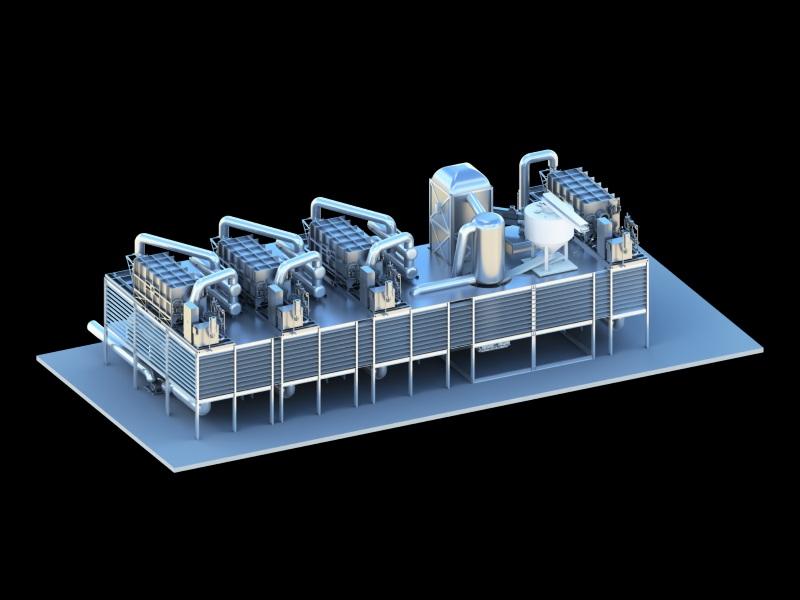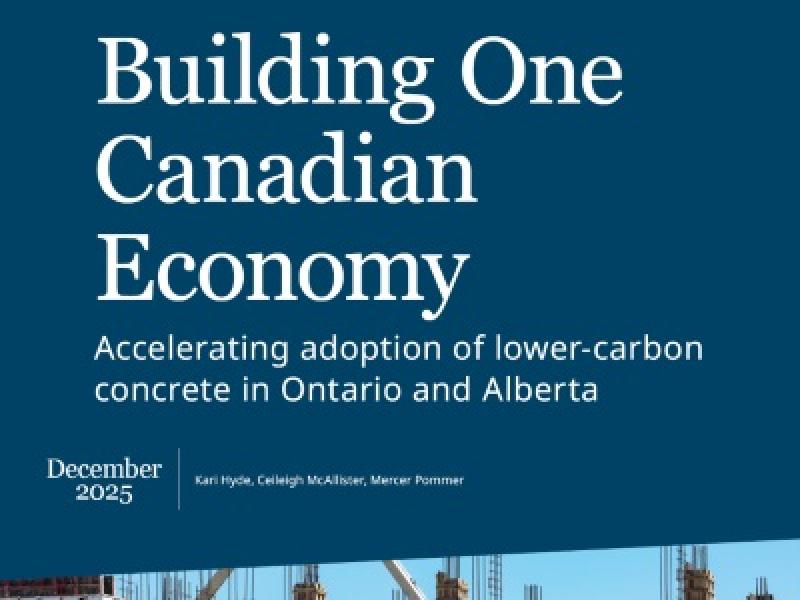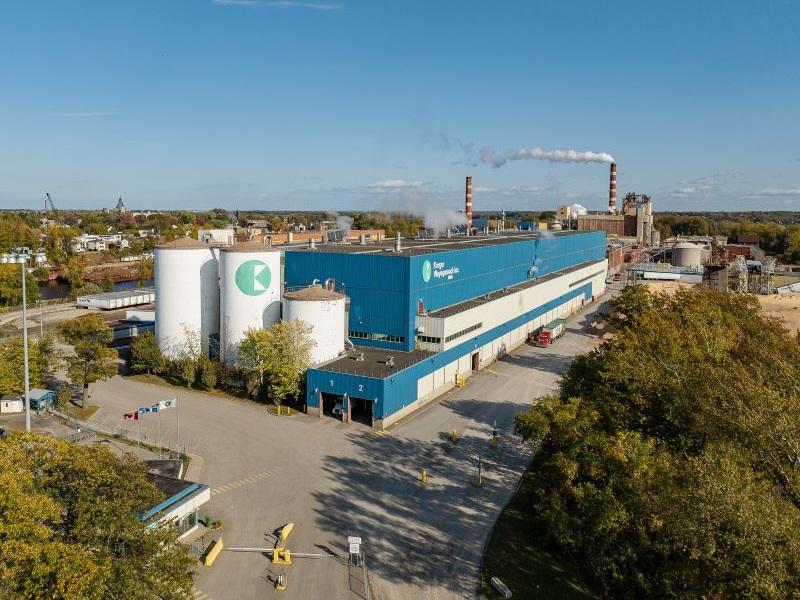GUEST SUBMISSION: Artificial intelligence (AI) has an environmental paradox. On one hand, it can accelerate the solutions we need for a sustainable future, from decarbonizing grids to discovering the materials that power renewable technologies. On the other hand, training large AI models and running the data centres behind them consumes vast amounts of energy, creating new strains on electricity systems and emissions targets.
The challenge isn’t how to slow AI down, it’s how to build it right. Canada is uniquely positioned to lead on this front. With 80 per cent of our energy coming from renewable and non-emitting electricity sources, globally renowned AI researchers, and a government willing to invest in clean innovation, we can turn AI from an environmental liability into one of our most powerful tools to fight climate change.
Why AI’s energy footprint matters
The scale of AI’s power demand is hard to overstate. Training a single large model can consume as much energy as powering hundreds of homes in Canada for a year.
Across the country, utilities are beginning to factor data centre growth into their long-term outlooks. Hydro-Québec, for example, anticipates an increase of 4.1 terawatt-hours in electricity demand from data centres between 2023 and 2032 — roughly two per cent of the total electricity the province produced in 2022.
If that power comes from fossil fuels, the emissions could wipe out hard-won climate gains — and communities are already voicing concerns about the local impacts of AI infrastructure. In Alberta, where the provincial government is actively courting data centre investment through its natural gas sector, a rural county recently rejected a major AI data centre proposal, citing risks to farmland, high
water use and community costs. The decision followed hours of public hearings and reflected broader unease about how large-scale facilities could reshape rural landscapes.
AI as an economic driver for clean capacity
But there’s a flip side. If planned strategically, AI-driven data centres can actually speed up our clean-energy transition. High, steady electricity loads can help finance new renewable projects and grid upgrades, spreading fixed costs across more users and encouraging utilities to invest in clean capacity.
This is already happening in pockets of Canada and the U.S., with companies signing long-term power purchase agreements for clean energy needed to power AI data centres. These types of agreements can give wind and solar developers the financial security to build new capacity, while giving data centres a cleaner and more predictable power supply.
This isn’t just theoretical. In Puerto Rico, Sunrun is now dispatching energy from more than 37,000 home batteries to help stabilize the island’s grid, preventing blackouts during peak demand. By acting as a distributed, virtual power plant, Sunrun shows how a bottom-up approach — households providing clean capacity back to the system — can complement large-scale renewables and accelerate grid
resilience.
If Canada’s provinces integrate new loads with new renewable capacity — and require large users to shoulder their share of infrastructure costs — AI can be the engine that helps fund the grid we’ll all need for electrification and decarbonization.
How AI accelerates climate solutions
Beyond its own footprint, AI is already being used to help major global companies solve sustainability challenges. The University of Toronto’s Acceleration Consortium, for example, is utilizing “self-driving labs” — AI-driven robotic systems — to cut the cost and timeline of materials discovery from decades and hundreds of millions of dollars to as little as a year and a fraction of the cost.
We’re also seeing applied AI embedded in the consulting and engineering work that shapes Canada’s built environment. Dillon Consulting, in collaboration with AXL, is co-developing AI tools that speed up and standardize engineering and environmental workflows. By testing these tools in real-world projects rather than just in labs, we can learn faster, reduce waste and scale what actually works.
Another emerging area worth watching is agriculture, a challenge as food insecurity impacts millions, and food waste affects one-third of all edible crop output globally. Farm Credit Canada has built a free GenAI tool for producers to help them make real-time decisions guided by expert advice in an industry where information is fragmented and hard to access; the result means better yields and more efficient farming.
By turning world-class research into real-world applications, AI can accelerate the deployment of clean energy technologies and the materials that support them. In other words, AI can help us decarbonize far beyond the walls of its own data centres.
Designing AI for a sustainable future
To capture AI’s upside without supercharging its emissions, Canada needs to be intentional about its approach. That means linking new AI data centres directly to renewable power, encouraging flexible consumption that eases grid stress, and building in transparency about environmental impacts so we can measure progress and prevent greenwashing.
AI can also help us deploy clean technologies more intelligently. From improving renewable-energy forecasting to sourcing new solar and wind projects that are more likely to have permits approved by the government, better models can reduce waste and speed up adoption of the technologies we already know we need.
AI will shape our future. The question is whether it will help build a sustainable one. Without deliberate planning, it could deepen inequities and emissions alike. With accountability and clean energy, it could instead be one of the most powerful tools we have to fight climate change — accelerating discoveries, financing grid upgrades, and enabling the technologies we need to decarbonize our economy.
The outcome is not predetermined. It will depend on the choices we make now — from investing in carbon-neutral infrastructure to ensuring community voices shape deployment. If we get it right, Canada can show the world that artificial intelligence isn’t just innovation for its own sake, but a tool for climate resilience and environmental justice.










